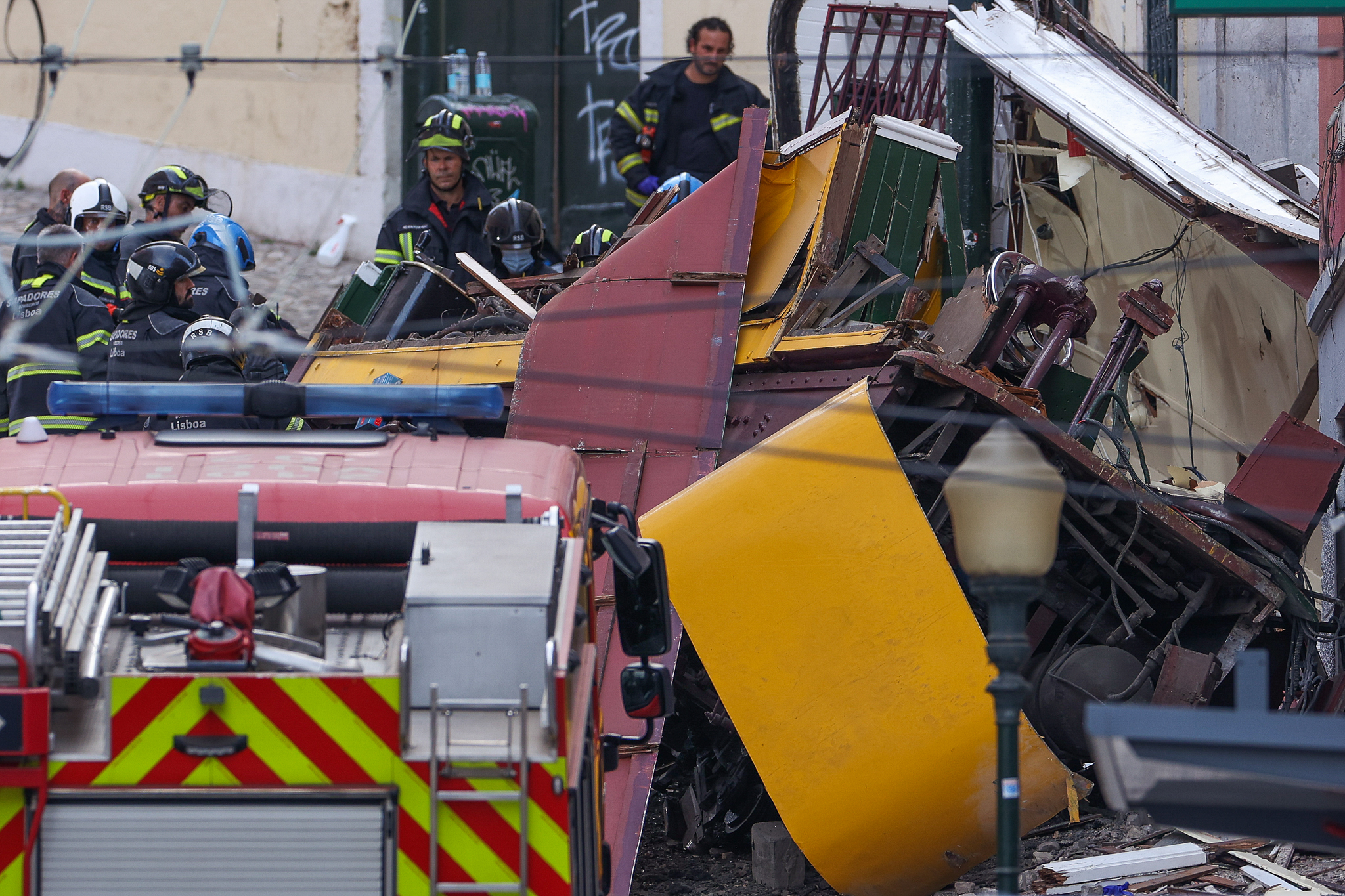A passagem superior pedonal da estação de comboios de Santa Cruz-Damaia, essencial para residentes de Cova da Moura e Buraca, vai reabrir após as obras há muito aguardadas da Infraestruturas de Portugal (IP) para tornar o percurso mais visível e seguro. O acesso tem estado fechado desde 2020 e condicionado desde 2009.
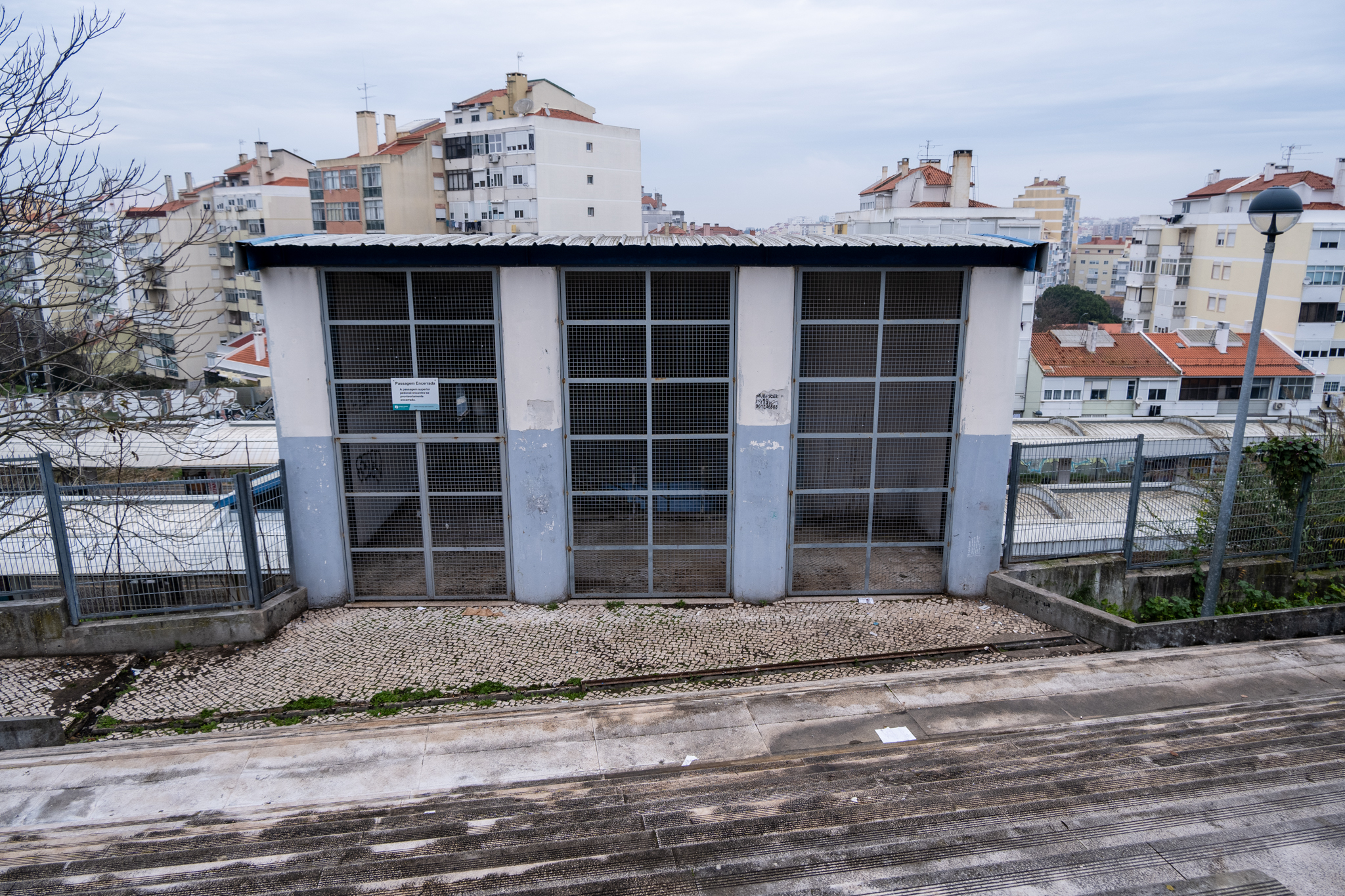
A passagem superior pedonal da estação de comboios da Damaia, muito utilizada pelos residentes do bairro da Cova da Moura e da Buraca, na Amadora, está fechada há mais de três anos. No entanto, este encerramento, que tem impactado a rotina diária de centenas de pessoas, forçando-as a desvios de centenas de metros para chegarem ao comboio, está prestes a ter um fim à vista. A Infraestruturas de Portugal (IP) adjudicou recentemente a empreitada que irá corrigir esta situação.
Desde 2009 que a passagem superior pedonal da estação ferroviária Santa Cruz-Damaia tem estado condicionada, com horários mais reduzidos, depois de várias ocorrências de consumo de drogas nesse acesso que terão conduzido à intervenção da Polícia de Segurança Pública, e também a queixas e reclamações, conforme explicaram a IP e a Câmara da Amadora ao jornal Mensagem de Lisboa em Maio do ano passado. Face a essa situação, em 2020, alegando razões de higiene e segurança e o contexto pandémico de então, a IP – com o acordo da autarquia – encerrou permanentemente a referida passagem.
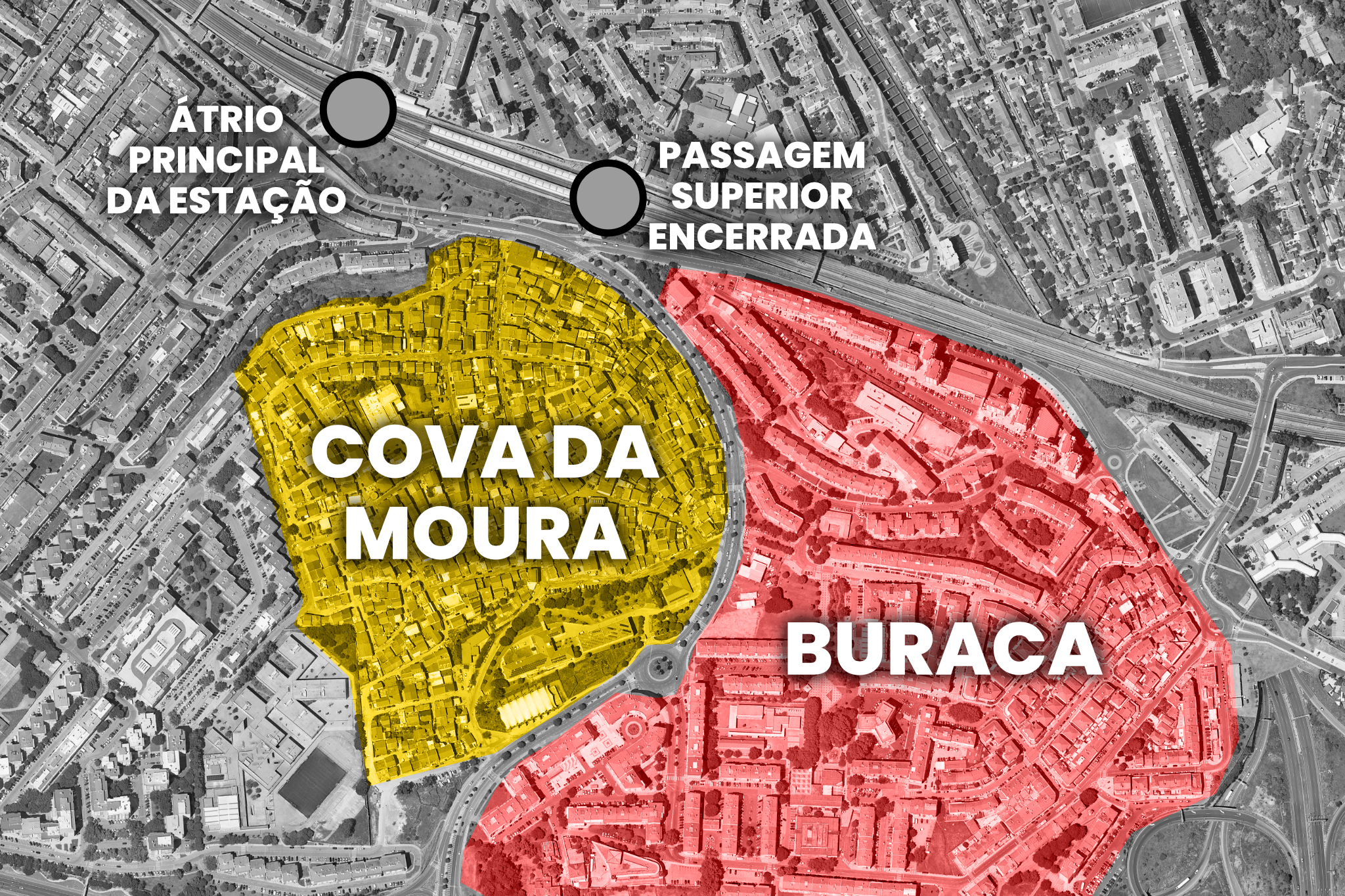
Essa situação causou transtornos significativos, especialmente para os residentes da Cova da Moura e da Buraca, conforme aponta a mesma reportagem. Os moradores alegam falta de diálogo e colaboração das autoridades locais, enfatizando que o encerramento da passagem superior pareceu ser parte de uma política de segregação territorial. Além disso, o acesso, considerado crucial para a comunidade, foi fechado sem a devida consideração de alternativas eficazes. As crianças da EB1 Águas Livres, que usavam a ponte para chegar rapidamente à escola, passaram a ter de fazer um desvio de vários metros. Da mesma forma, os trabalhadores desses bairros, que muitas vezes apanham os primeiros comboios do dia para Lisboa, também foram privados de um acesso directo à estação.
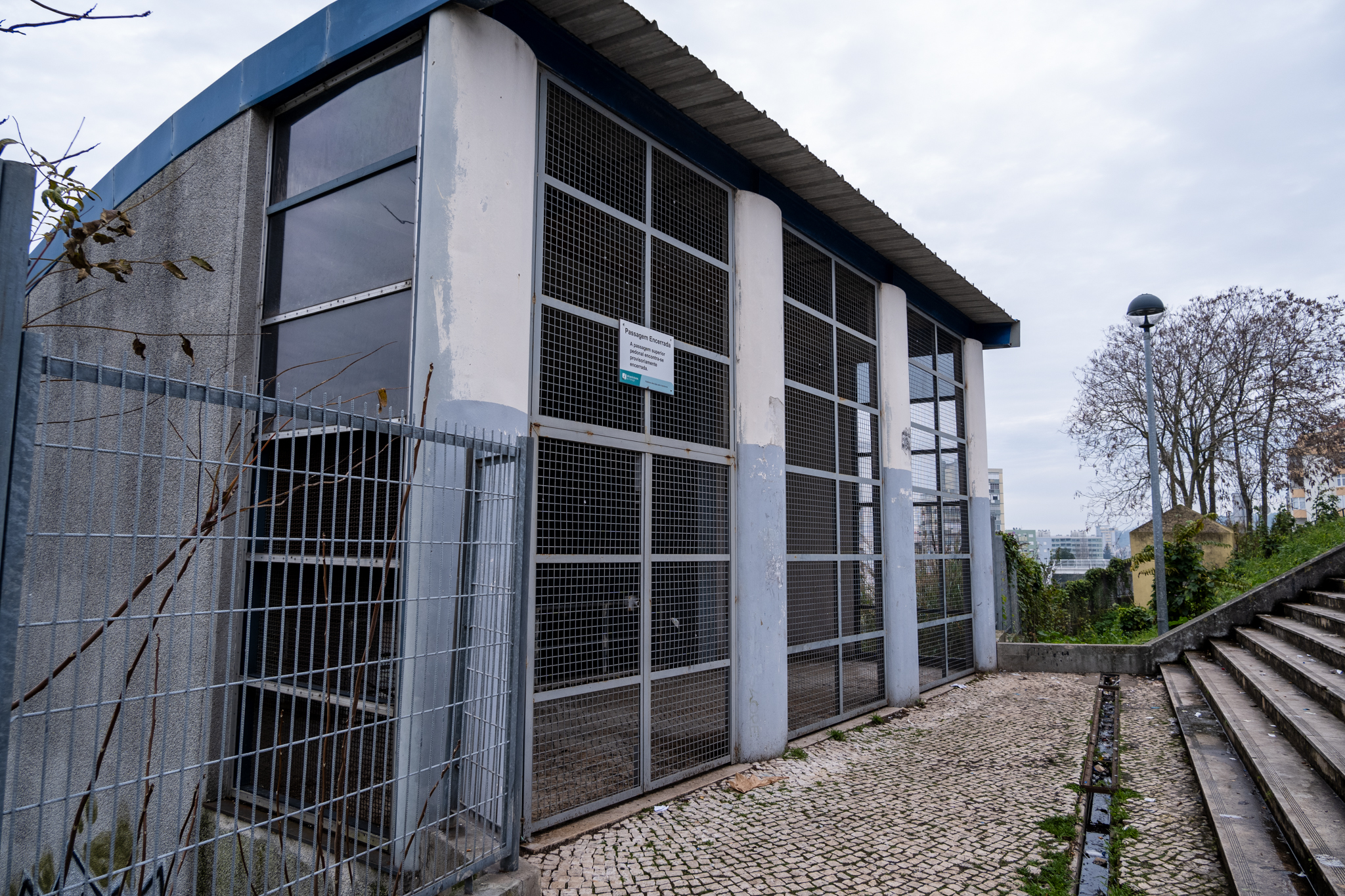
Num investimento total de 214,8 mil euros, a IP vai agora resolver a situação. A solução passará por demolir uma parte da infraestrutura da passagem superior, de modo a torná-la mais aberta à cidade, resolvendo dessa forma os problemas de segurança verificados. Através da remoção de coberturas e caixilharias, pretende-se “tornar o percurso mais visível e consequentemente menos inseguro”, não só para atravessamento da linha de comboio mas também para aceder às plataformas de passageiros. “Pretende-se ainda melhorar a segurança passiva dos utilizadores através da substituição integral de guardas em escadas e patamares”, pode ler-se na memória descritiva da intervenção.
“Por último, a remoção de alguns materiais possibilitará também reduzir os elementos passiveis de serem vandalizados.” A IP reconhece que o referido acesso é “uma zona com elevado nível de vandalismo”, sendo que a obra a realizar não só pretende proporcionar um corredor seguro de um atravessamento às pessoas e passageiros, como também “facilitar operações de
manutenção futuras” por parte da empresa pública.
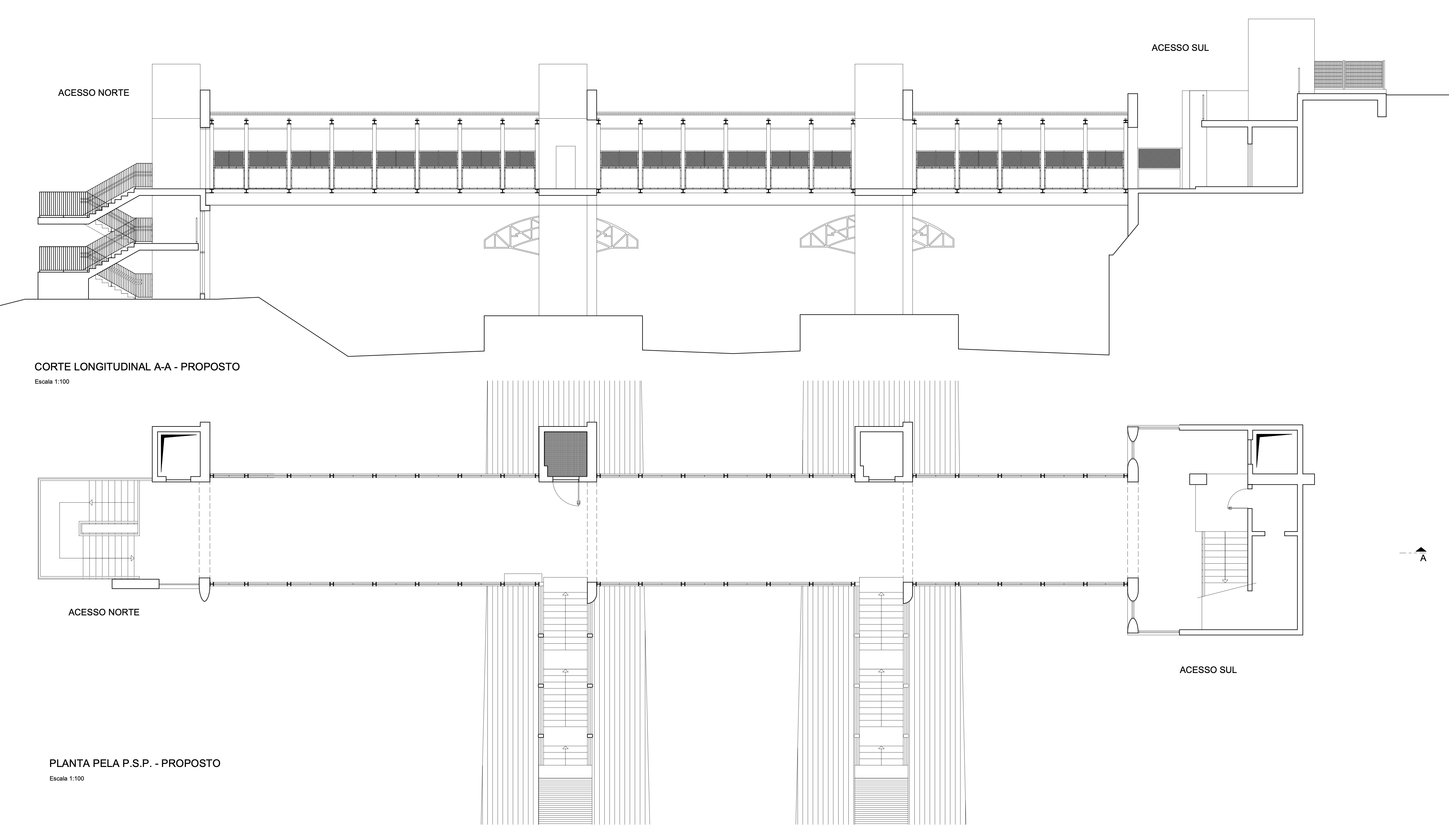
As duas saídas da passagem superior pedonal, a saída norte e a sul, deixarão de ser estruturas cobertas, ficando as escadarias existentes em cada uma delas à vista da cidade. Vão também ser removidos os elevadores e todos os equipamentos associados, uma vez que não funcionam e eram alvo recorrente de vandalismo. Pode ler-se na mesma memória descritiva: “Por decisão da IP, todos os elevadores da passagem (que se encontram danificados pelo uso indevido e vandalismo) serão desactivados e removidos do interior das respetivas caixas, não sendo expectável que venham no futuro a ser repostos.” Não existem elevadores nem outras condições para pessoas em cadeira de rodas no átrio principal da estação. Na passagem propriamente dita, serão removidas as chapas lateriais também com o intuito de melhorar a visibilidade da área. Com o mesmo objectivo, será feita uma remodelação integral de toda a infraestrutura de iluminação.
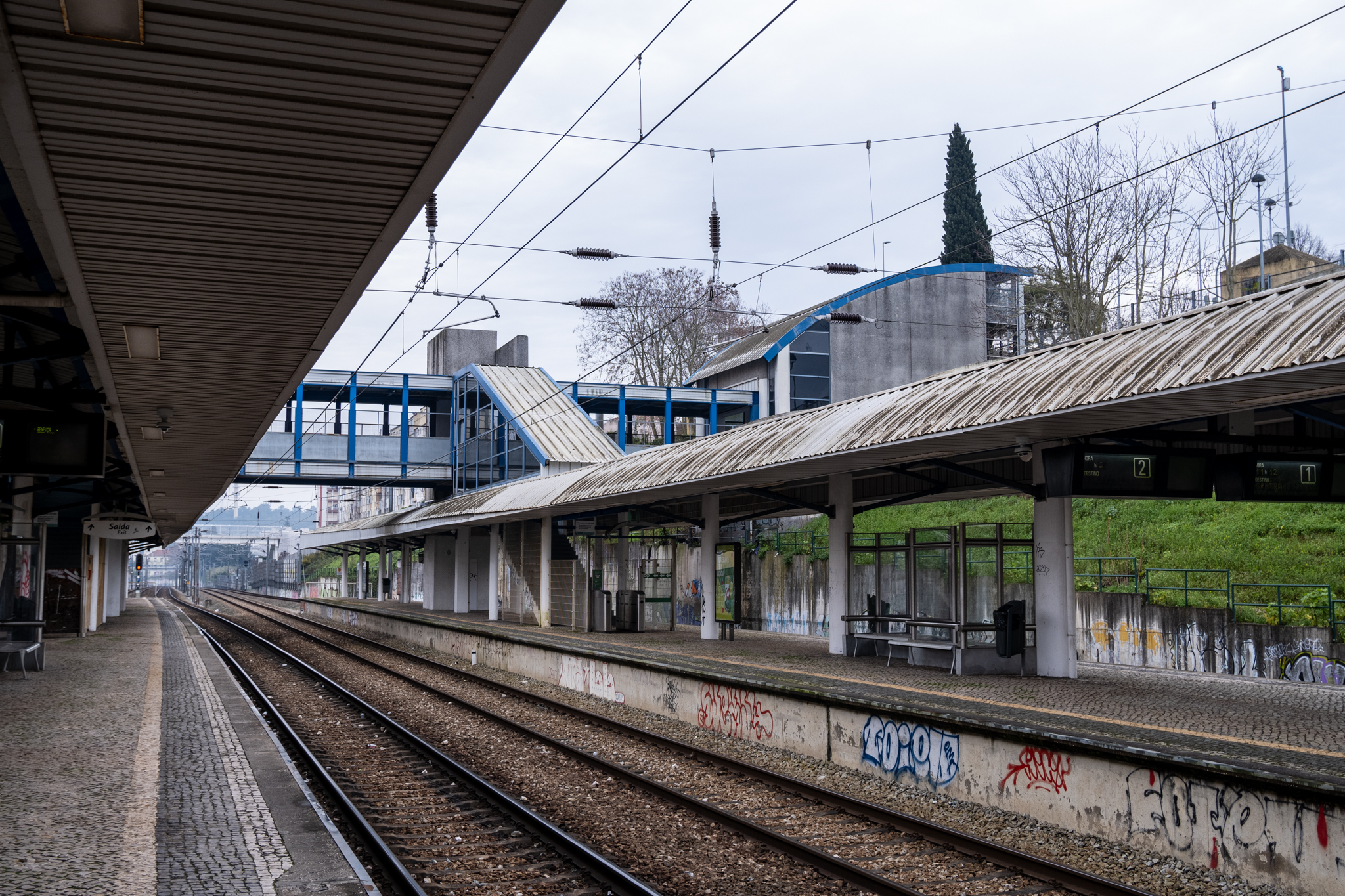
A estação Santa Cruz-Damaia, inaugurada em 1999, é vital para a mobilidade dos moradores da zona da Damaia e também da periferia de Benfica, proporcionando uma conexão rápida às partes centrais da capital. A comunidade tem lutado pela reabertura do acesso directo à Cova da Moura e à Buraca; em Abril de 2023, foi promovida pelo movimento Vida Justa uma concentração para exigir a reabertura imediata do acesso.
Em resposta às críticas, a Câmara da Amadora e a IP disseram na altura estar a reformular o acesso. O projecto que agora vai ser executado está pronto desde o final de 2020, mas o concurso público só foi lançado no ano passado. Inicialmente, a IP chegou a prometer a correcção do problema para 2022. A adjudicação da empreitada decorreu agora no início deste ano; a obra vai ser executada pela empresa Nortejuvil, tendo a duração prevista de cinco meses a partir do momento em que se iniciar. Contas feitas, a Cova da Moura e a Buraca vão voltar a ter acesso directo à estação de comboios até ao final de 2024.



